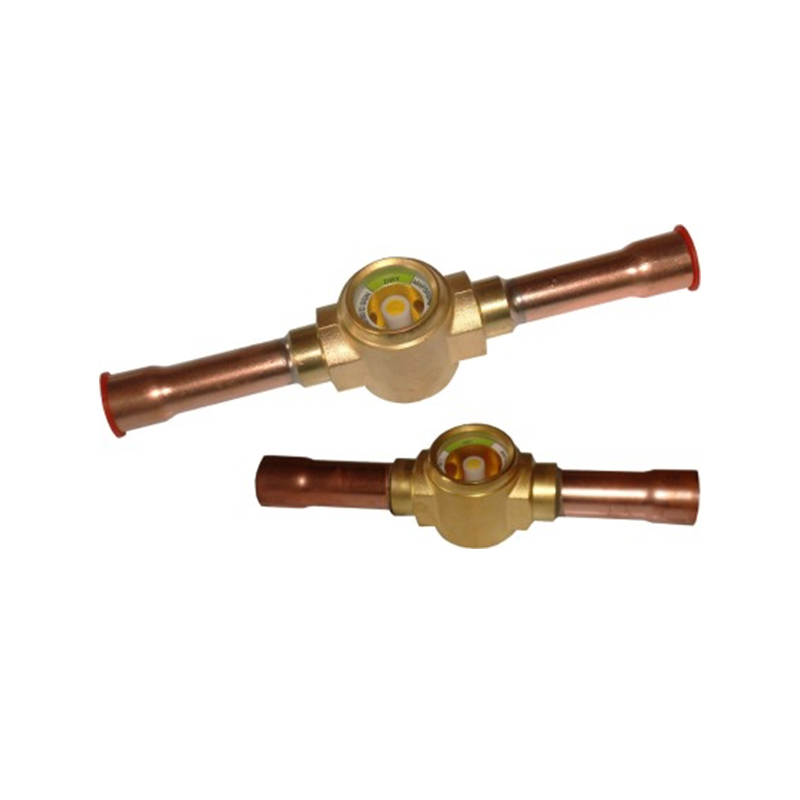How to ensure the close combination of the transparent glass and the frame of the sight glass?
Material selection and pretreatment of sight glasses
1. Selection of high-quality materials
Transparent glass: Glass materials with high purity and good light transmittance should be selected, and their bending strength, impact resistance and temperature change resistance should be considered to ensure stability under extreme working conditions.
Frame material: The frame is often made of high-quality steel or aluminum alloy and other metal materials. These materials not only have good mechanical strength and corrosion resistance, but are also easy to process and install.
2. Pretreatment process
Glass surface treatment: Before the glass is combined with the frame, the glass surface needs to be cleaned to remove impurities such as oil and dust to ensure the purity of the bonding surface. At the same time, the glass edge can be chamfered or edged as needed to reduce stress concentration and improve bonding strength.
Frame surface treatment: The frame surface also needs to be pretreated by rust removal and oil removal to ensure good adhesion and sealing when combined with the glass.
Joining process
1. High-temperature sintering process
High-temperature sintering is a commonly used process for combining glass and metal frames. This process places the glass and metal frame in a high temperature environment to cause physical and chemical reactions on the surfaces of the two to form a dense bonding layer. In this process, parameters such as heating temperature, insulation time and cooling rate need to be precisely controlled to ensure the uniformity and density of the bonding layer. The advantages of high-temperature sintering process are high bonding strength, good sealing, and not easily affected by the external environment.
2. Gluing process
For some special applications, such as the need to quickly install or replace glass, the bonding process can be used. Use high-performance sealants or structural adhesives to bond the glass and the frame together. During the bonding process, it is necessary to pay attention to factors such as the selection of glue, coating uniformity, and curing conditions to ensure bonding strength and sealing. At the same time, it is also necessary to avoid the corrosion of glue on glass and frame materials.
3. Mechanical fixing and sealing
In addition to the above two processes, a combination of mechanical fixing and sealing can also be used. That is, a sealing gasket or sealing ring is set between the glass and the frame, and the glass is fixed to the frame by mechanical parts such as screws and buckles. This method has the advantages of easy installation and good detachability, but attention should be paid to the selection and installation quality of the sealing gasket or sealing ring to ensure the sealing performance.
Quality control and testing
1. Strict quality control system
A strict quality control system should be established during the manufacturing process of the sight glass to conduct comprehensive inspections on raw materials, semi-finished products and finished products. In particular, the processing quality of the bonding surface and the control parameters of the bonding process should be monitored to ensure that each process meets the standard requirements.
2. Sealing performance test
Sealing performance is one of the important indicators of the performance of the sight glass. The sealing performance of the sight glass can be tested by pressure testing, bubble testing and other methods. During the test, the actual working conditions should be simulated to ensure the accuracy and reliability of the test results.
3. Durability test
In order to verify the long-term performance of the sight glass, durability testing is also required. Including high temperature aging test, low temperature impact test, vibration test, etc., to evaluate the performance stability and durability of the sight glass under different environments.


